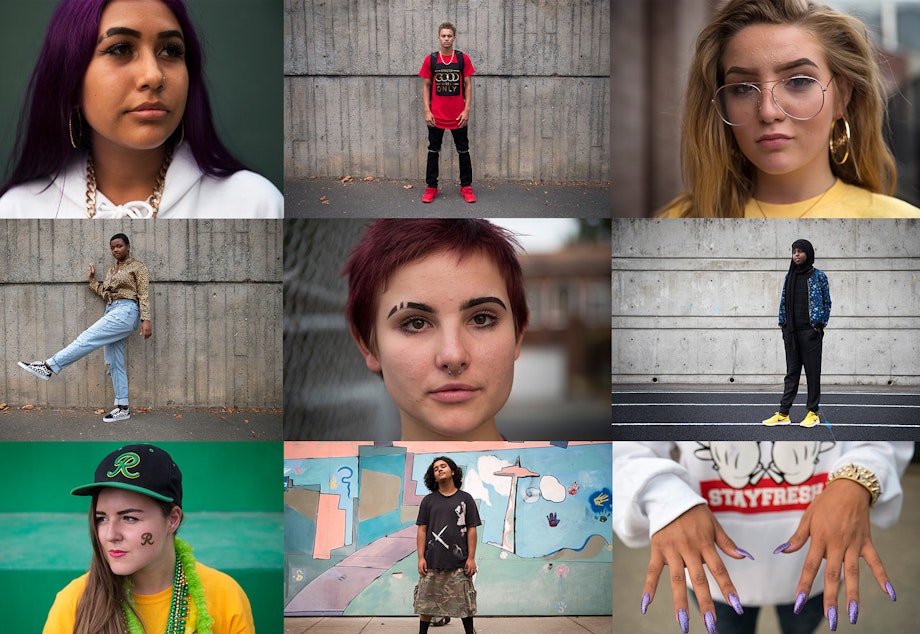New Seattle school dress code: No body-shaming allowed

Seattle Public Schools used to leave dress codes to individual schools. But starting this fall, the dress code is district-wide, and more liberal.
No, students may not wear clothes that show alcohol, drugs, pornography, weapons or hate speech.
They do need to wear something on top and something on bottom — with no specific length requirement, so long as their private parts are covered. Oh, and they have to wear shoes.
Many families said dress codes from the past were unfair, or enforced unequally.
Toshiye Ishisaka said her family learned that her daughter’s school had a dress code when her daughter unintentionally violated it by wearing a sleeveless dress on a hot day.
“We received a copy of the code from the principal of the school, and it was very clearly gender-biased,” Ishisaka said.
Sponsored
Ishisaka went on to work with the Seattle Council PTSA and the school district to help draft a new policy to prevent the problematic rules and enforcement that have often resulted in girls, and kids of color, getting singled out for discipline.
“Throughout the country there has been a huge amount of bias and race-based dress code enforcement,” she said, “and that often had to do with hairstyle, and particular styles of dress, it had to do with maturity, had to do with gender expression.”
Ishisaka said the policy was supposedly designed to remove distractions in the classroom.
Seattle Public Schools' new policy, in contrast, puts the beholder in charge: "Students and staff are responsible for managing their personal distractions," it reads.
It also calls for staff to avoid "dress-coding" students in front of their peers, which has been common practice for years, leading to embarrassment.
The new district policy indicates that enforcement of the dress code must not "create disparities, reinforce or increase marginalization of any group, nor will it be more strictly enforced against students because of racial identity, ethnicity, gender identity, gender expression, gender nonconformity, sexual orientation, cultural or religious identity, household income, body size/type, or body maturity."
The district's acting head attorney, Ronald Boy, said the dress code is something he'd long hoped to make modern and equitable.
“My hope is that we are able to not waste time in school addressing things that just don't matter," Boy said.




